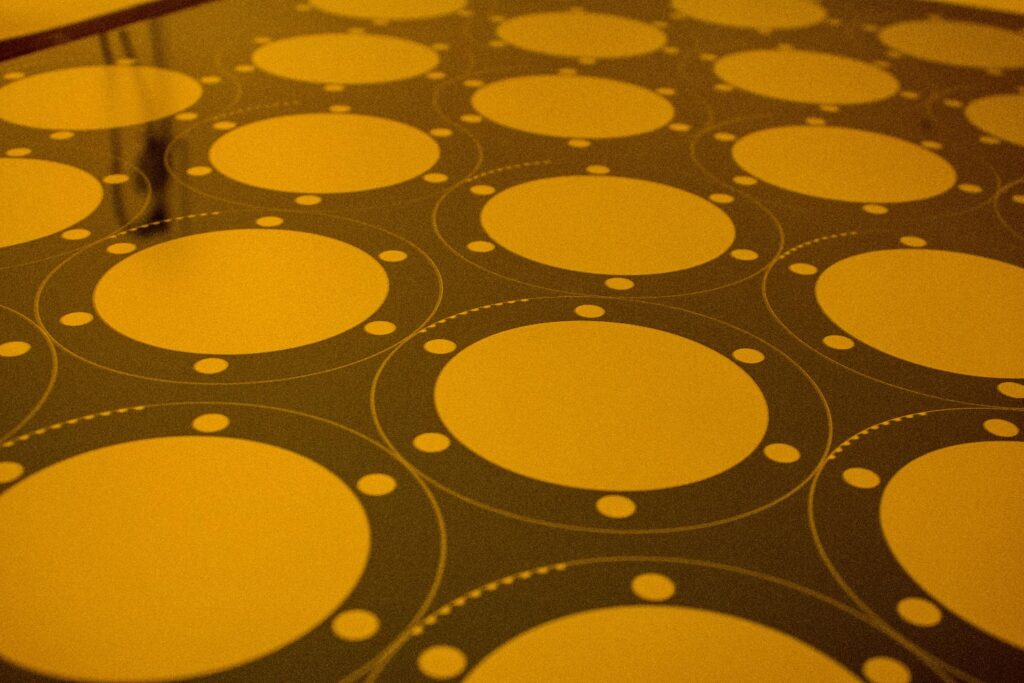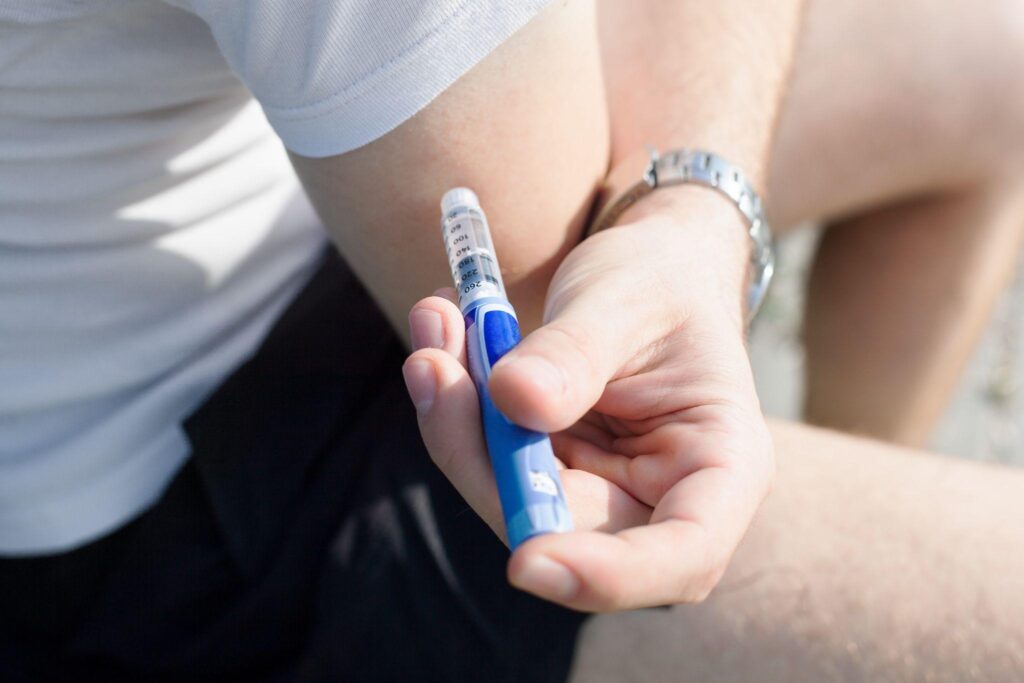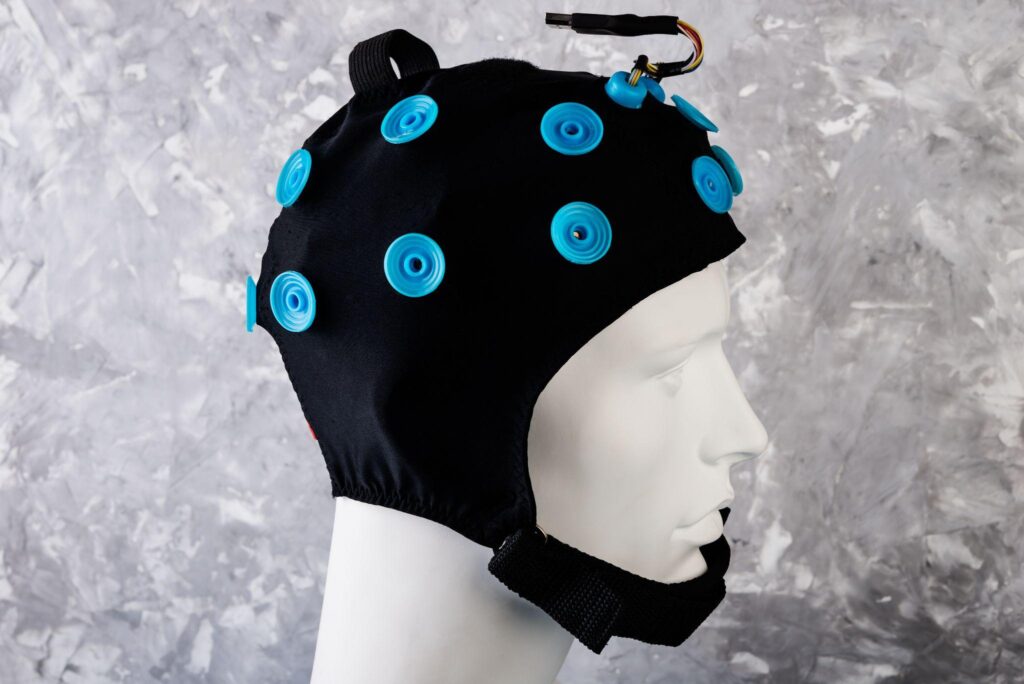How Photochemical Etching Benefits Medical Device Manufacturers

Medical devices and implements must conform to rigorous standards in surface texture, physical dimensions, and structural integrity in order to function safely and effectively in real-world applications. While mechanical components in other industries can accept relatively lax tolerances without significantly impacting performance, medical devices very often do not have this luxury, as slight structural malformations can have literally fatal consequences. Often, the margin for error in a medical device can be measured in microns. When it comes to manufacturing options, photochemical etching for medical devices is almost always preferred by experienced organizations.
The need for a high degree of precision in medical equipment has major ramifications for manufacturers of these types of products. Parts must be carefully crafted to meet the unique demands of the medical industry, but at the same time, it is vital to keep production costs from spiraling out of control. Many standard manufacturing methods require a very lengthy—and expensive—production cycle. How can manufacturers square this circle?
Photochemical etching can provide the way out of this quandary. This is a subtractive manufacturing process that goes by several alternative names, including photo etching, chemical etching, and photochemical milling. It essentially involves immersing metal components in an corrosive chemical that dissolves unwanted material in select areas, resulting in an object that is precisely shaped in a way that few competing processes can match.
The Photo Etching Process: An Overview

Photochemical etching services rely on a fundamentally simple process that can be outlined as follows:
- The part to be manufactured is covered with a specialized CAD-designed coating called a photoresist. The photoresist is intended to protect those areas of the material that should not be altered, while exposing other areas intended to be treated by the etchant.
- The part is exposed to ultraviolet (UV) light that causes precisely defined areas of the photoresist to harden, while other areas of the photoresist remain soft. The soft portions are then removed.
- The part is then treated with an etchant (often ferric chloride) that dissolves the portions not covered by the photoresist.
- The photoresist is removed and the part is inspected to ensure the right result has been attained.
This procedure is currently used in many industries to create exactingly rendered parts and components. The medical field has not ignored the power of this technology. Photochemical etching for medical devices is in fact a booming phenomenon, and there are good reasons for this growing acceptance.
Benefits of Photochemical Etching for Medical Devices

Photo etching can provide a broad range of production advantages for manufacturers of medical equipment and accessories. These include:
Ability to shape various metals – Photo etching is well suited for fabricating parts made of austenitic stainless steel (including types 304 and 316), the most frequently used metal for manufacturing medical devices. But the range of photo etching applications does not end there. Etching can also be used to process titanium, aluminum, nitinol, cobalt-chromium, tungsten, beryllium copper, and other metals and alloys commonly utilized in this industry.
High scalability – Because photo etching achieves its effects through immersing metals in a chemical solution, it can easily process multiple items simultaneously. In fact, photo etching can theoretically handle a vast number of distinct components in a single batch. On the other end of the production spectrum, photo etching can just as readily accommodate orders that contain only a few parts. This makes it easy to use photo etching for one-off custom requests—for example, a stent for a patient with an anatomical irregularity that cannot accept a standard device.
Quick fabrication – Chemical etching harnesses the power of liquid to fully immerse the object and dissolve all exposed areas at the same time, rather than sequentially. Compare this facility to relatively slow methods such as laser cutting, where the equipment works on only one particular spot of material at any given moment; this limitation serves to impose a ceiling on the number of items that can be processed via this method within a particular time frame. By circumventing this sort of limitation, chemical etching can speed up production times markedly.
No expensive tooling – Photo etching relies on CAD, so there’s no need to incur the expense involved in crafting specialized tooling for each project. CAD also facilitates easy design revisions when needed, as it’s mainly just a matter of adjusting the code.
Extreme precision and repeatability – One of the problems with shaping tools via mechanical processes (such as metal stamping) is the gradual wear and tear to the tooling and the resulting loss of precision. This can be a serious problem with medical components that must be designed within very strict tolerances. It’s not an issue with photo etching, however, as it relies on chemicals, not mechanical stress or impact, to shape parts. That ensures a consistent standard of quality across the entire product run.
Preserves structural integrity – Unlike stamping and related processes, photo etching does not inflict the kind of mechanical stress that can lead to harmful distortions of treated components. Similarly, it does not generate thermal stress as laser cutting can. As a result, photo etching is ideal for the extremely delicate parts and components sometimes used in medical devices.
Minimizes post-production processing – Photo etching avoids producing burrs or similar artifacts that other processes can generate during the fabrication process. Consequently, there’s generally little or no need to “clean up” etched products—which can speed up the manufacturing cycle and reduce labor costs.
Although other fabrication processes might be able to offer some of these advantages, it can be argued that only photochemical etching can provide all of them. It is a highly versatile process that is ideal for the exacting production demands and quick turnaround times associated with medical device manufacturing.
Types of Medical Devices Created with Photochemical Etching Services

Photo etching has been shown to be capable of reliably producing a wide range of medical devices and accessories, including but not limited to the following:
- Scalpel blades
- Forceps
- Surgical clips and scissors
- Needle holders
- Insulin pens
- Bone plates and screws
- Stents
- Catheters
- Hemostats
- Infusion filters
- ECG and EEG electrodes
- Orthopedic implants
- Dental implants
- Endotracheal tubes
- Trocars
- Cannulas
Modern-day photochemical etching services can work their wonders even with components that have extremely complicated structures and textures. Essentially, if a particular pattern can be designed by CAD, it can be replicated by a competent photochemical etching company. The process can create sharp edges, intricate patterns, and holes and channels of precise dimensions. The range of applications continues to expand as more and more use cases are identified that can benefit from the unique capabilities of photo etching.
Contact UWE, Inc., for Photochemical Etching Services

United Western Enterprises has decades of experience with photochemical etching for medical devices, as well as parts and components for the automotive, aerospace, military, and electronic sectors. An AS 9100D / ISO 9001:2015 Certified company, we operate out of a 21,000-square-foot facility in Camarillo, California. Feel free to call our photochemical etching company at (800) 964-6461.
